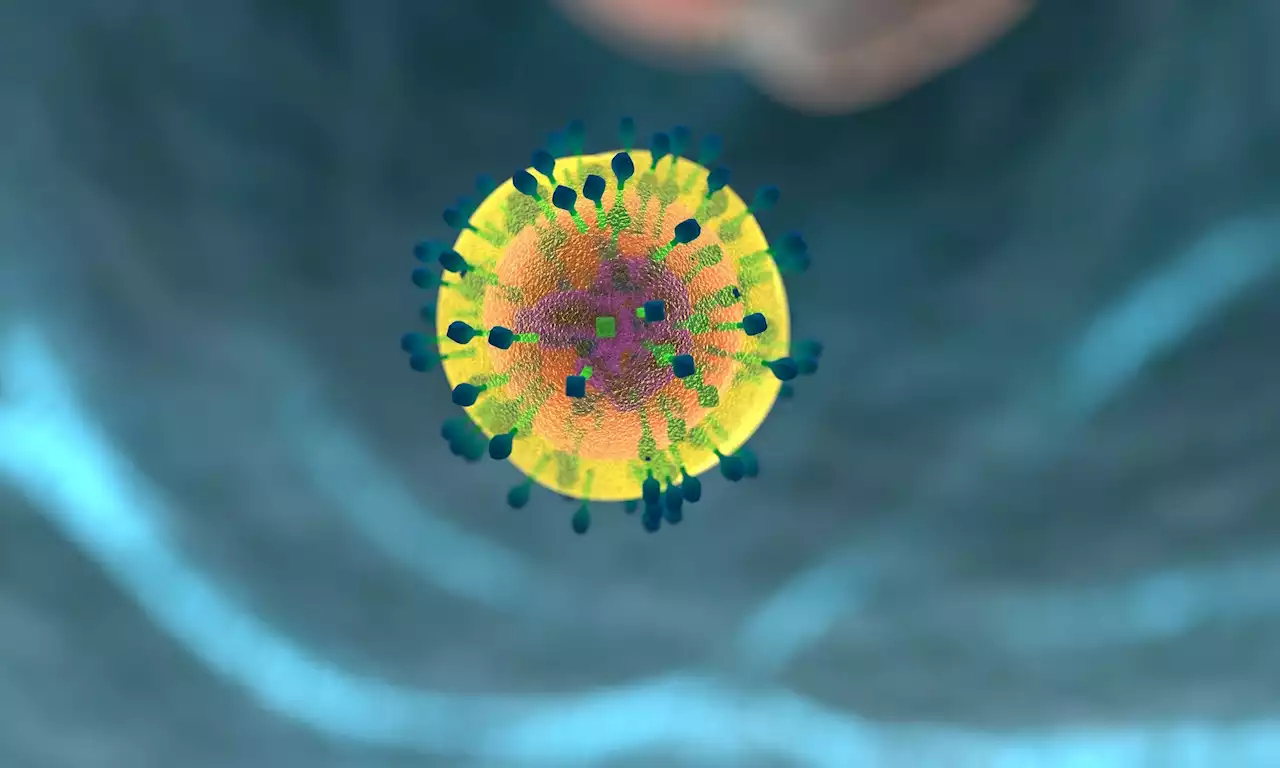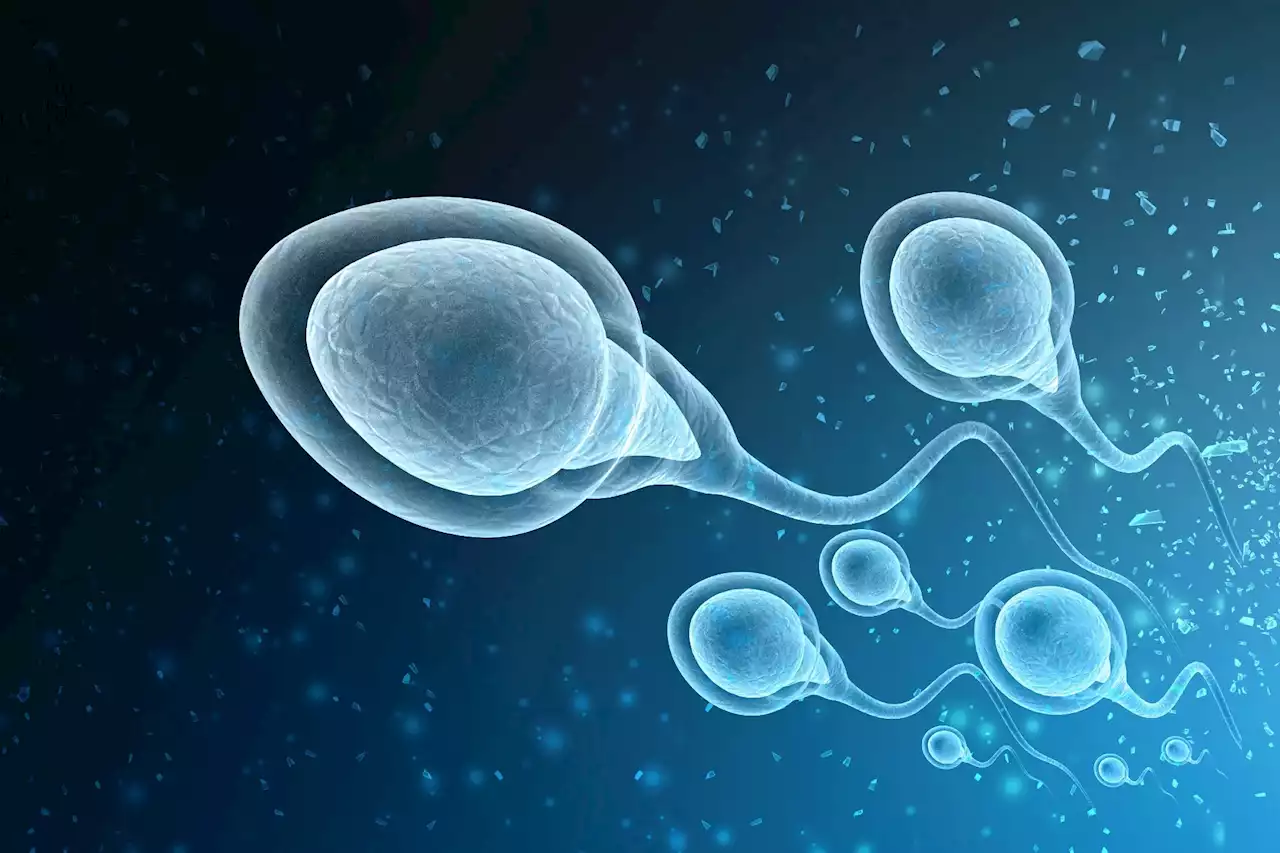Researchers investigated the genetic underpinning of asthenozoospermia, the leading cause of male fertility.
By Hugo Francisco de SouzaSep 18 2023Reviewed by Sophia Coveney In a recent study published in the eBioMedicine journal, researchers investigated the genetic underpinning of asthenozoospermia, the leading cause of male fertility.
Research suggests that infertility can be caused by numerous factors, including genetics, diet, mental well-being, and, especially in women, age. Almost half of all cases of infertility can be attributed to men, with asthenozoospermia being the leading cause of sterility. Investigations in male mice models have shown that alterations to any of the aforementioned gene families in sperm result in severe impairment to energy generation and, in turn, sperm motility, resulting in infertility and the asthenozoospermia phenotype.
Related StoriesHuman recruitment for this study was conducted at the Women and Children's Hospital of Xiamen University. One hundred and sixty-five Chinese men presenting idiopathic asthenozoospermia and 200 men with normal fertility were enrolled. Preliminary tests revealed that in all physical and semen parameters except sperm motility, case and control cohorts were clinically identical. Case cohorts presented reduced sperm motility ranging from 0 to 32%.
Immunofluorescence and western blotting assays were employed to identify AK9/AKD2 protein concentrations in sperm samples. The sperm chromatin structure assay and flow cytometry were used for sperm DNA stainability and fragmentation detection. Excised Ak9 KO mice testicles were then stained using hematoxylin and eosin dyes to visualize the testes’ structure.
One had a homozygous frameshift insertion mutation, while the other had a different homozygous frameshift insertion mutation, a heterozygous non-frameshift deletion mutation, and a stop-loss mutation.
Australia Latest News, Australia Headlines
Similar News:You can also read news stories similar to this one that we have collected from other news sources.
 Researchers uncover 'circular logic' of RNAs in Parkinson's diseaseResearchers are gaining new insights into neurological diseases by studying circular RNAs (circRNAs) in brain cells. A new study by investigators from the Brigham and Women's Hospital identified over 11,000 distinct RNA circles that characterized brain cells implicated in Parkinson's disease and Alzheimer's disease. Their results are published in Nature Communications.
Researchers uncover 'circular logic' of RNAs in Parkinson's diseaseResearchers are gaining new insights into neurological diseases by studying circular RNAs (circRNAs) in brain cells. A new study by investigators from the Brigham and Women's Hospital identified over 11,000 distinct RNA circles that characterized brain cells implicated in Parkinson's disease and Alzheimer's disease. Their results are published in Nature Communications.
Read more »
 Researchers create 'lipidomic map,' offering insights into immunologyAn international team of scientists has developed a method for simultaneously detecting thousands of lipid molecules that are displayed to T cells in the human immune system.
Researchers create 'lipidomic map,' offering insights into immunologyAn international team of scientists has developed a method for simultaneously detecting thousands of lipid molecules that are displayed to T cells in the human immune system.
Read more »
 Researchers conduct comprehensive psychological evaluation of university studentsThe prevalence rates of stress, depression, anxiety, insomnia, mania, suicidal ideation, loneliness, and psychotic experiences among university-going students in the UK.
Researchers conduct comprehensive psychological evaluation of university studentsThe prevalence rates of stress, depression, anxiety, insomnia, mania, suicidal ideation, loneliness, and psychotic experiences among university-going students in the UK.
Read more »
 AI model for detecting ocular disease using retinal imagesResearchers present RETFound, a self-supervised learning masked autoencoder-based foundation model for retinal images.
AI model for detecting ocular disease using retinal imagesResearchers present RETFound, a self-supervised learning masked autoencoder-based foundation model for retinal images.
Read more »
 Scottish university develops 'sustainable and healthy' alternative to palm oilRESEARCHERS at a Scottish university have developed a healthy and environmentally friendly alternative to palm oil.
Scottish university develops 'sustainable and healthy' alternative to palm oilRESEARCHERS at a Scottish university have developed a healthy and environmentally friendly alternative to palm oil.
Read more »
